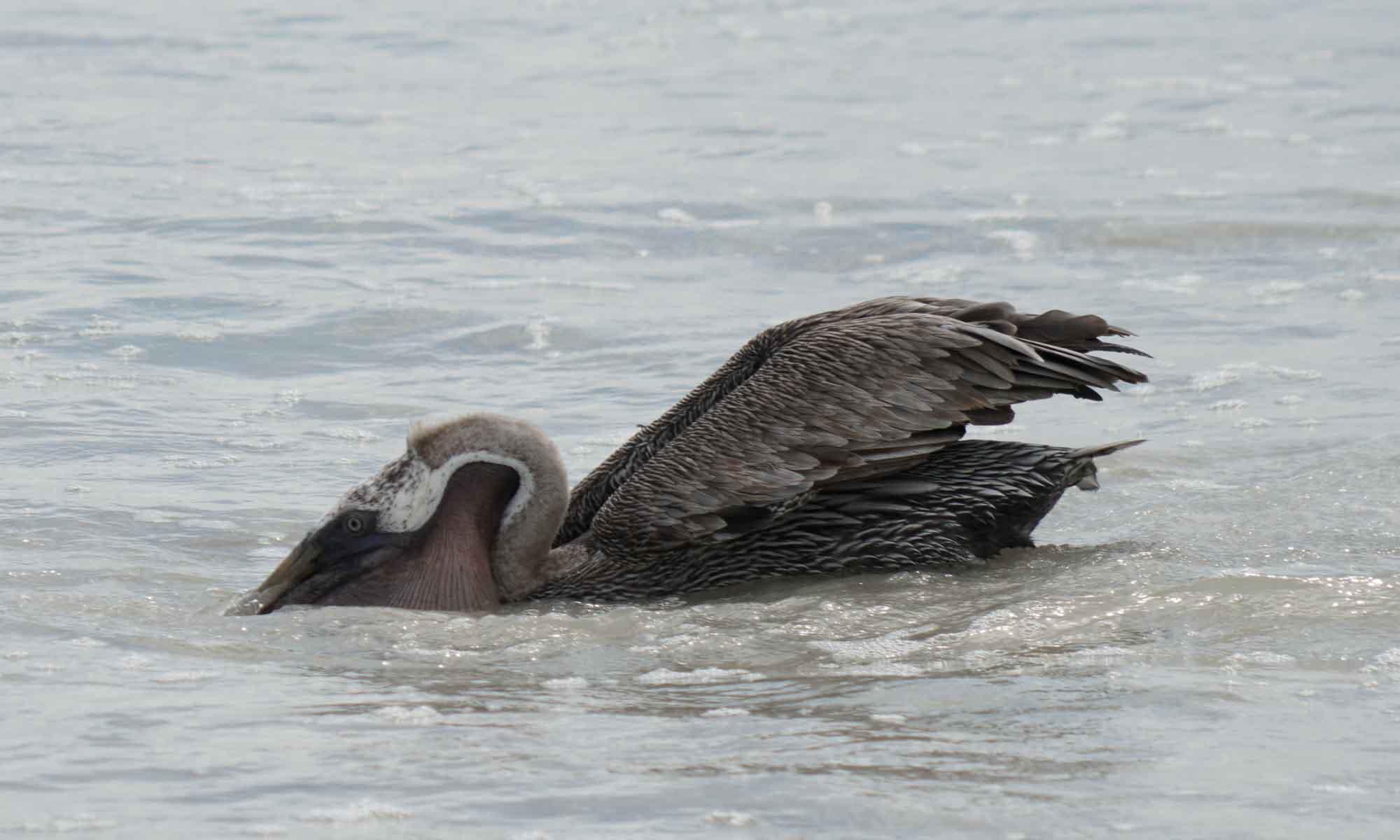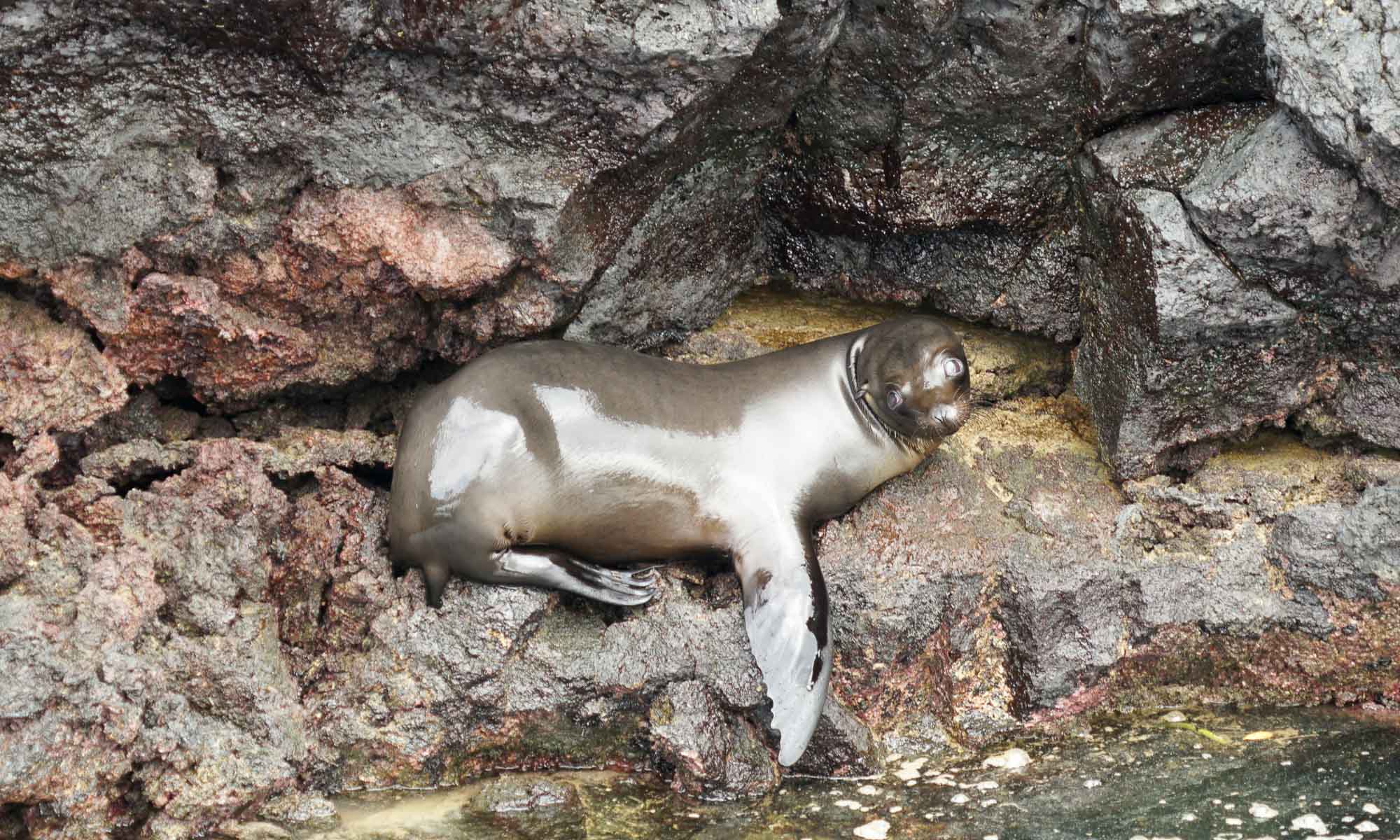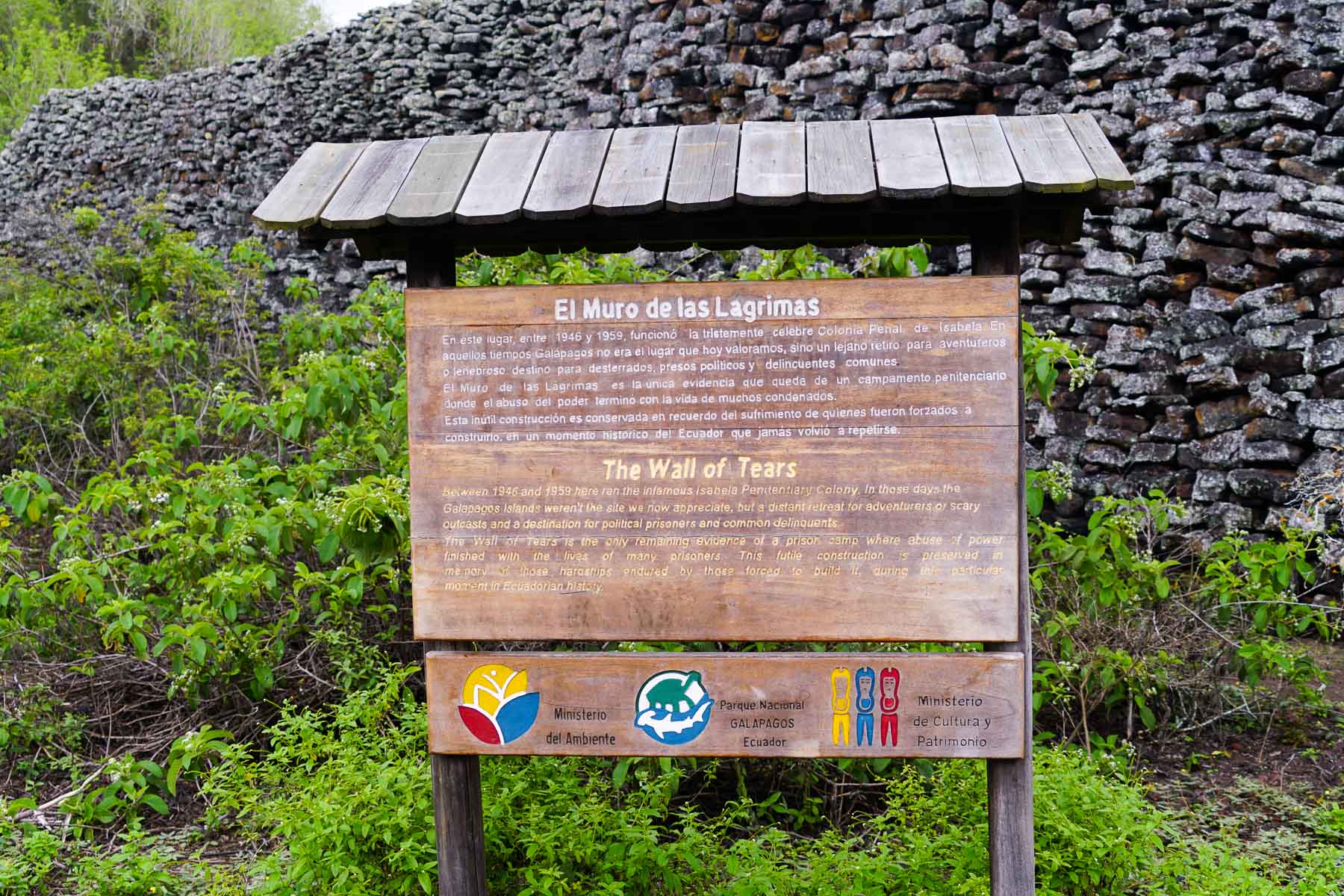It is really impossible to imagine what it is like in Galapagos just from watching National Geographic, or any of David Attenborough’s programs. We had been to a number of different islands in South America previously, but still, none had been featured on National Geographic. So for us, we had no idea what to expect.
The Galapagos is made up of 21 volcanic islands with four inhabited islands: San Cristobal, Floreana, Santa Cruz and Isabela. To protect the wildlife and to limit the impact from tourism on the islands, there are only a few sites that can be visited by tourists.

One of the first decisions we had to make early on in our planning was whether we would take a cruise, or make it a land-based trip.
Typically in the past, most people visited the Galapagos on cruise ships with stops at various islands, but these days, staying on land is the next best option, though those on cruises do get to visit more islands. In the end, we opted for a land-based trip and chose to stay on Santa Cruz and Isabela islands.
Santa Cruz
Santa Cruz is the second largest Galapagos island, and the most populated. Our hotel was based in Puerto Ayora, which is the largest town in Santa Cruz, with the most hotels and dining options. To get to Puerto Ayora, which is located on the southern side of Santa Cruz, we had to take a bus from the airport and a ferry across a small river. As we waited for the ferry, we suddenly noticed a number of sea lions, lazily strolling close to the pier. This was the first sign that we were in the Galapagos.
At first glance, Puerto Ayora appears to be a typical island tourist town: with a small boardwalk, several touristy stores selling the same items, and tourists caked in sand or walking barefoot. What sets it apart, is the sight of the odd iguana here or there, and a fish market overrun with pelicans and a number of sea lions. An interesting point to note is that we had heard of the fish market prior to our arrival, and it was the first place I was eager to visit, expected a micro Tsukiji (Tokyo fish market!). Unknown to me, the so-called market is actually a number of walls with sinks by the waterfront where a few folks come daily to dissect freshly caught fish, sell some and then feed the leftovers to the birds and sea lions. Despite it appearing to be geared at the ever camera toting tourists, it was quite an interesting daily spectacle.

Unfortunately, visiting in January we were doomed to have several periods of rain which tended to put a damper on our plans. Despite this we ventured out to a number of places, seeking the unique creatures the Galapagos is known for.
Charles Darwin station
Braving the rain we headed out to Charles Darwin Station to seek out the Galapagos giant tortoises. Located about 1 km from Puerto Ayora, the Charles Darwin Station is the perfect place to get detailed information about the flora and fauna of the Galapagos.The station is set up in different sections, with a trail leading to the habitats of the giant tortoises.

While most of the trail lacks shelter of any sort, one of the main buildings on site, with staff guarding it, is the final resting place of Lonesome George, the last known tortoise of the Pinta island species.
For those with limited time, this might be the best option to see the giant tortoises, but for us, our appetite was not satiated and we made plans to visit more tortoises in a more natural habitat.
Tortuga Bay
At the first sight of a clear sky, we gathered our stuff and set out for Tortuga Bay, hoping to see giant tortoises, iguanas, crabs and sharks. The trail head is about a 10 minute walk from the center of town, and all visitors are required to sign in. Beyond that, the trail is approximately 2km long and is overrun by various lizards who appear to not be frightened by humans.

After about a 15 minute walk we arrived at Tortuga Bay, and were disappointed to find the beach almost devoid of any weird creatures. At best, there were eight or so iguanas lazily strolling around, and a hoard of small crabs scrambling on the rocks.



El Chato Reserve
El Chato Reserve ended up being one of our favourite places in Santa Cruz. Located in the highlands, the weather there can be different from that in Puerto Ayora, therefore despite setting off on another clear blue sky day with the sun peaking out of the clouds, we were met with rain.
The reserve is one of the best places to see the giant tortoises strolling about among the trees and weeds. It serves as the roaming grounds for the giant tortoises as they make their migration from coast to the highlands, and offers visitors the chance to wander freely with the tortoises. In addition to the tortoises, visitors are able to climb deep underground into a number of lava tunnels on site.

We wandered around the various trails for just over an hour and kept discovering tortoises of all different sizes.
Useful tips:
- A short introduction is provided to all guests, after which you are allowed to wander around independently.
- All visitors are kitted out with rain boots, as such it is recommended to wear socks or carry some along.
- It is important to keep some distance (at least 2 meters) from the tortoises.
Santa Cruz useful information:
- There are two airports in the Galapagos, one is in Baltra and the other San Cristobal. To get from Baltra to Puerto Ayora, we had to take a bus from the airport, and a 5 minute ferry.
- Bus tickets can be bought right after immigration and cost $5.
- Upon arrival at the ferry terminal, all passengers and their luggage are escorted to the waiting ferries and payment is taken onboard ($0.50 per passenger).
- The drive from the other side of the river to Puerto Ayora, takes approximately 45 minutes, and the fare is $25 per taxi.
Isabela Island
Isabela Island is the largest of the Galapagos islands, and the only island to have the equator run through it. The largest town is Puerto Villamil. On Isabela Island the infrastructure is still quite basic, and most roads are unpaved with large pot-holes. However, due to the limited amount of tourists, the island is inundated with several beautiful creatures. This was so evident upon our arrival at the pier. Walking to the taxi stands we passed several sea lions lounging on the pavement, chairs, or even the middle of the street.
Of all the unique creatures we wanted to see, the blue-footed booby was top of the list! As luck would have it, as soon as we arrived on the island we were greeted by flocks of boobies, and every morning, on a daily basis, the rocks in front of our hotel (Hotel Abermale) were literally covered with boobies!

With only two full days on the island, we had limited time to venture out to the length and breadth of the island and its surroundings. Nevertheless, we selected a few highlights.
Los Tunneles
This tour is offered by several different agencies, but after detailed research we selected Pahoehoe and were not disappointed. Los Tunneles is actually an unihabited islet that is known to have an abundance of reef sharks, giant turtles, manta rays, sea horses, penguins, blue-footed boobies, and of course, lava tunnels.
The tour includes a boat ride through some tunnels, and about an hour of snorkeling. What made this tour special for us, aside from snorkeling with sharks and giant turtles, was the fact that we saw each and everyone of the creatures we hoped to see!



Useful tips:
- From the Isabela pier, the journey took approximately 50 minutes and for anyone prone to seasickness, pills are recommended.
- When booking with an agency, it is critical to know just how many passengers would be on the boat! Ours had 10 passengers and we all had sufficient room to move around, and sufficient attention from the guides during the snorkeling.
- After the tour, the Pahoehoe guides provided all pictures they had taken during the trip. Free of charge.
Wall of Tears – bike ride
Located roughly 5 kilometres from Puerto Villamil, the Wall of Tears, is a wall 25 meters tall that was constructed between 1945 and 1959 by prisoners, many who died in the process. Many people choose to hike the 5 km, but we chose to cycle instead. The trail to the wall is scattered with giant turtles and a number of view points. Once at the wall, we followed an uphill trail to a look out point from which we could see the whole island.


Useful tips:
- Prior to renting a bike, it is best to shop around and test out the bikes to be sure to get a reliable bike. While ours managed to make it to the end of the trip, they were definitely not in good shape!

Isabela useful information:
- There are two main options to get to Isabela from Puerto Ayora: flights (Emetebe is the only airline available) or by speedboat (these can be booked at the pier). One-way flights start around $160, while boats costs around $30 per person.
- Speedboats leave around 14:00, and it is recommended to buy your tickets a day in advance. The journey takes just over 2 hours, and our boat had about 18 passengers. Though one might get wet from the frequent splashes of water from the ocean, the most comfortable place to sit on the speedboat is the back.
- Isabela is small enough to walk to most of the places visited by tourists, including the airport.
Wrap up
We enjoyed our time in the Galapagos, and will be sure to return. The next time we will be sure to visit during the dry season, and plan to fly in and out of different airports.




Hi Bert and Tayo,
Very nice story and pictures!
T with iguanas, that’s really odd to see. Weren’t you scared of them?
Enjoy your trip.
Greetz from Marijke